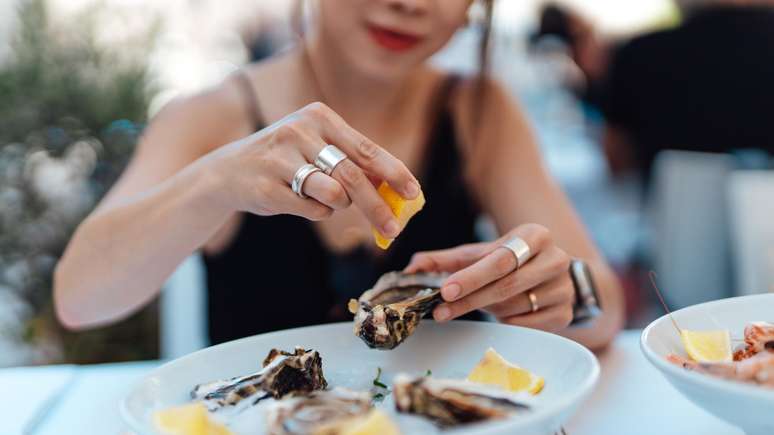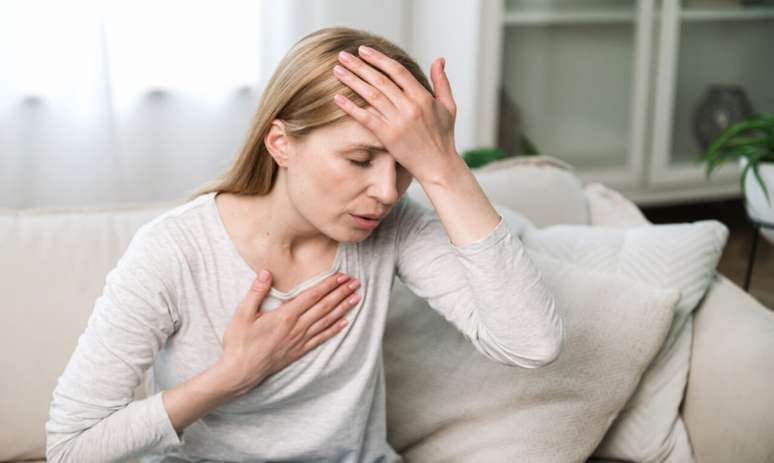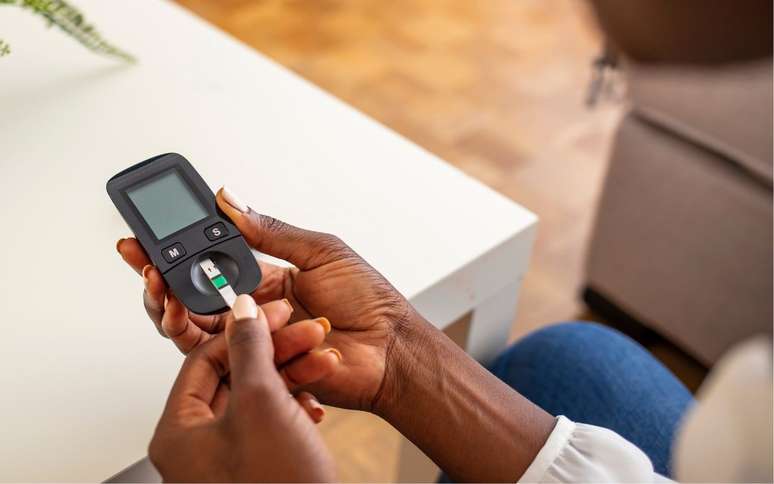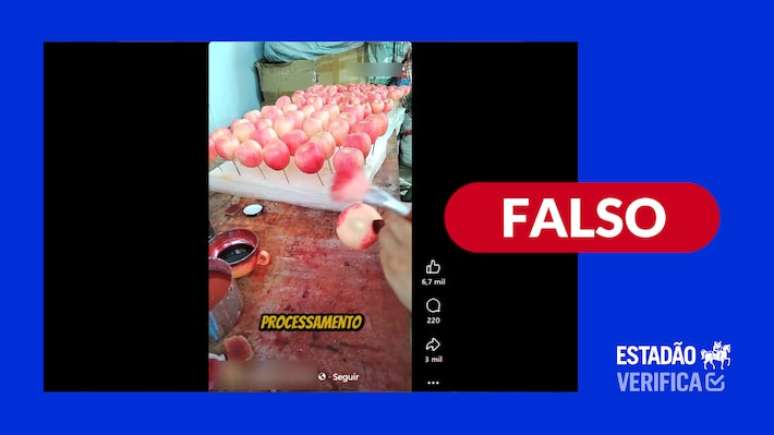Here’s how to avoid dangerous food poisoning, according to Bill Marler, a key contributor to the new Netflix documentary “Contamination: The Truth About What We Eat”
html[data-range=”xlarge”] figure image img.img-c348886603257d74d9dd90609131779ffd6n1do1 { width: 774px; height: 435px; }HTML[data-range=”large”] figure image img.img-c348886603257d74d9dd90609131779ffd6n1do1 { width: 548px; height: 308px; }HTML[data-range=”small”] image figure img.img-c348886603257d74d9dd90609131779ffd6n1do1, html[data-range=”medium”] figure image img.img-c348886603257d74d9dd90609131779ffd6n1do1 { width: 564px; height: 317px; }HTML[data-range=”small”] .article__image-embed, html[data-range=”medium”] .article__image-embed { width: 564px; margin: auto 0 30px; }
Bill Marler is a food safety attorney who has represented victims of E. coli, salmonella, listeria and other foodborne illnesses for 30 years.
It is featured in the new Netflix documentary Contamination: the truth about what we eatinspired by a book about his first major case.
Marler spoke to the BBC and listed some foods to avoid for those who want to stay away from foodborne infections.
Life was looking for Stephanie Ingberg, a 17-year-old American vacationing at a resort in the Dominican Republic with her parents.
She had a stomach ache before getting on the plane, but didn’t think much of it and felt better after landing. During the night she got worse and ended up in the hospital.
The next morning, she no longer recognized her mother, her kidneys had stopped working, she had brain swelling and seizures.
His parents arranged for an emergency medical evacuation to the United States, where they confirmed he had a serious bacterial infection: E. coli.
Her condition worsened during the night, she fell into a coma and a priest was called to say one last prayer.
Stephanie is one of the main characters in the Netflix documentary, which examines how poor food hygiene can lead to truly dire consequences for consumers.
When the priest began to pray, Stephanie’s eyes widened. She survived, but she will suffer the consequences of contact with E. coli for the rest of her life.
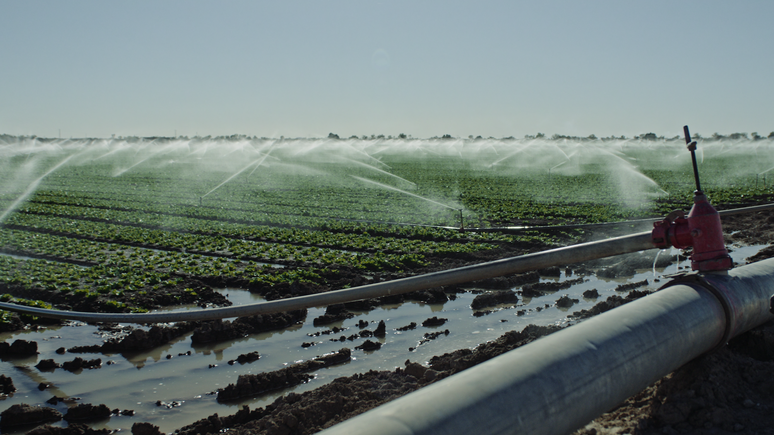
“I have to take medicine every day to try and make my kidneys work better,” she says in the documentary.
“There is a possibility that I will have to have a kidney transplant. I may have to go on dialysis for the rest of my life.”
“I ate a salad and now have long-term health effects.”
Stephanie is one of 600 million people who, according to World Health Organization (WHO) estimates, fall ill each year from eating contaminated food. Fortunately, she wasn’t one of the 420,000 people who die every year.
And if paying attention to what you eat is the best way to avoid contamination, here are some tips from Bill Marler for staying healthy.
Unpasteurized milk and juices
Marler’s experience taught him to avoid raw or unpasteurized dairy products and unpasteurized juices.
The risk is contamination by the same E. coli bacteria that killed Stephanie.
“Any health benefits of unpasteurized milk are simply not worth the risk. People have forgotten the diseases that existed in the 19th century,” says Bill Marler.
raw sprouts
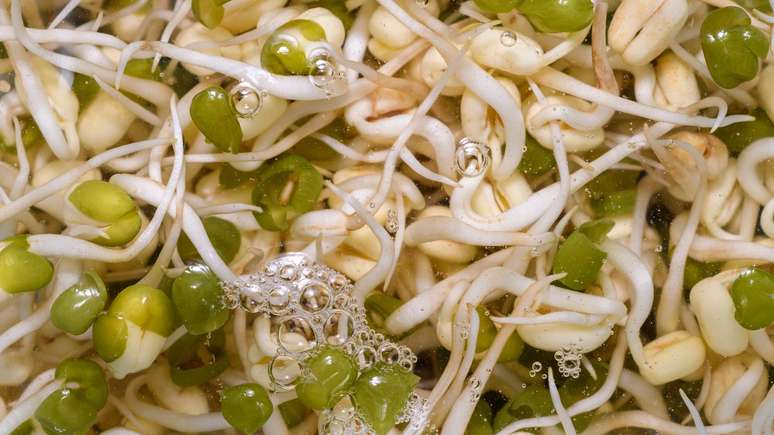
Marler doesn’t eat raw sprouts such as alfalfa, mung beans, or bean sprouts.
They have been linked to some of the largest foodborne disease outbreaks in the world.
In 2011, an epidemic related to fenugreek seeds resulted in up to 900 people with kidney failure and more than 50 deaths in Germany.
“Seeds become contaminated as they grow outdoors. When you bring them inside and put them in a nice water bath to germinate, it’s a perfect medium for bacterial growth,” says Marler.
“I don’t know anyone in the food safety industry who eats raw sprouts.”
rare meat
The bacteria found on the surface of the meat mix during the production of minced or ground beef. That’s why it’s important to cook a hamburger well, for example.
And it doesn’t take a lot of bacteria to cause an infection.
“About 50 E. coli bacteria is enough to kill, and 100,000 will fit on the head of a pin. It’s not something you can see, taste, or smell. Cooking burgers thoroughly is the only safe way to go.” [de evitar o risco]Marler says.
He recommends cooking the burger at a temperature of 69°C to eliminate any pathogens.
When it comes to steaks, there’s usually less danger, as the bacteria found on the surface of the meat dies during the cooking process.
Pre-washed and pre-cooked fruit and vegetables
“When you eat a burger, the most dangerous part isn’t the burger itself. It’s the onions, lettuce and tomatoes,” says Mansour Samadpour, food safety advisor on the Netflix documentary.
In 2006, a large outbreak of spinach-related E. coli caused 200 illnesses and up to five deaths in the United States. Marler represented most of those involved.
A subsequent investigation linked the bacterial contamination to a spinach farm in California that, after an animal invaded the plantations, had its vegetables fecally contaminated with E. coli.
When spinach was cut and washed three times, this bacteria spread through the produce and ended up being shipped across the country, making many people ill.
“Is the convenience of having someone wash your lettuce worth the risk of more people handling the leaves? If more people are handling the lettuce and it’s contaminated, it spreads quickly,” says Marler.
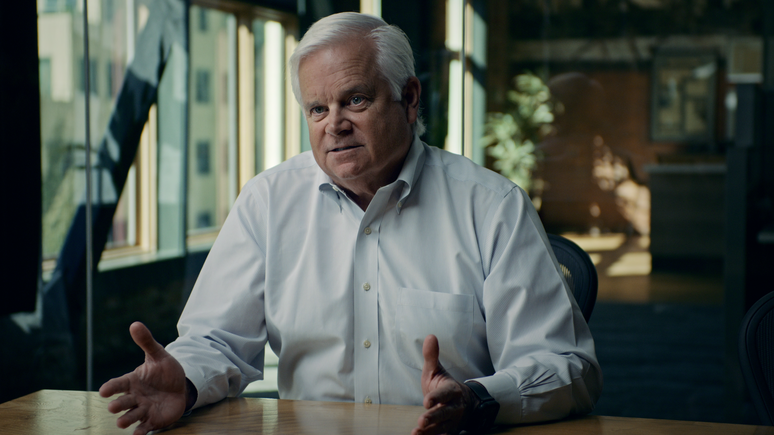
Raw or undercooked eggs
The danger from eggs comes from infection with salmonella, a common bacteria that can cause diarrhea, fever, vomiting, and stomach cramps. Very young or very old people can become seriously ill and even die.
There have been several disastrous events involving eggs in recent history: In 1988, fears of salmonella led the UK government to order the culling of more than 2 million chickens.
In 2010, a similar threat caused 500 million eggs to be recalled in the United States.
Marler says eggs are safer today than they used to be, but cautions that salmonella still poses a risk to consumers of raw or undercooked eggs.
“About 1 in 10,000 eggs have Salmonella inside the shell. The hen can develop Salmonella in the ovary – it gets inside the egg and you just have to cook it.”
Oysters and other raw shellfish
The risk with raw oysters and other shellfish is that they are filter feeders.
This means that if there is a bacterial or viral infection in the water, it will easily enter the food chain.
And according to Marler, the problem is exacerbated by global warming.
“As the oceans warm, there is an increase in oyster-related contamination events: hepatitis, norovirus, etc. They are from Seattle and some of the best oysters in the world come from the Pacific Northwest, but there are clearly problems with the quality of our water and the temperature. It’s a new risk factor that you have to consider when ordering raw oysters,” he says.
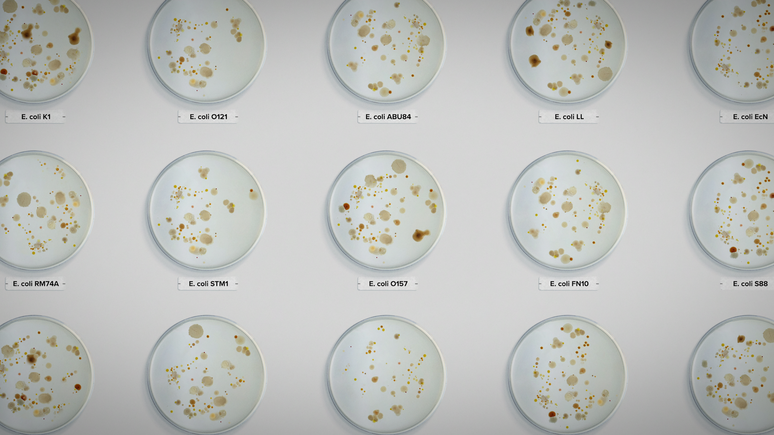
packaged sandwiches
“You should carefully check the expiration dates on sandwiches and preferably eat foods that you make yourself or that are freshly prepared,” advises Marler.
He cautions that sandwich shelf life is the main risk factor, and that expired foods can lead to exposure to listeria montocytogenes, a very nasty bacteria.
According to him, these bacilli are the leading killers in the United States and around the world and have the ability to send anyone who ingests them to the hospital.
“Listeria grows very well at refrigerator temperature, so if someone makes you a sandwich and you eat it almost immediately, the risk of listeria is low. But if it’s kept in the refrigerator for a week before eating it, give it a chance to grow enough big enough to cause an infection,” he says.
But sushi is usually safe
But one food that people are often skeptical about and that doesn’t worry Marler too much is sushi. The specialist, however, admits that one must be careful where to buy fish.
“I go to a good sushi restaurant more often than a steakhouse. The risk of fish contamination is not that high,” she says.
“I don’t buy sushi at a grocery store or gas station. A good sushi restaurant is pretty safe because fish are low risk when it comes to bacterial infections. It’s a risk profile I’m more comfortable with.” comfortable,” he says. .
Source: Terra
Ben Stock is a lifestyle journalist and author at Gossipify. He writes about topics such as health, wellness, travel, food and home decor. He provides practical advice and inspiration to improve well-being, keeps readers up to date with latest lifestyle news and trends, known for his engaging writing style, in-depth analysis and unique perspectives.

